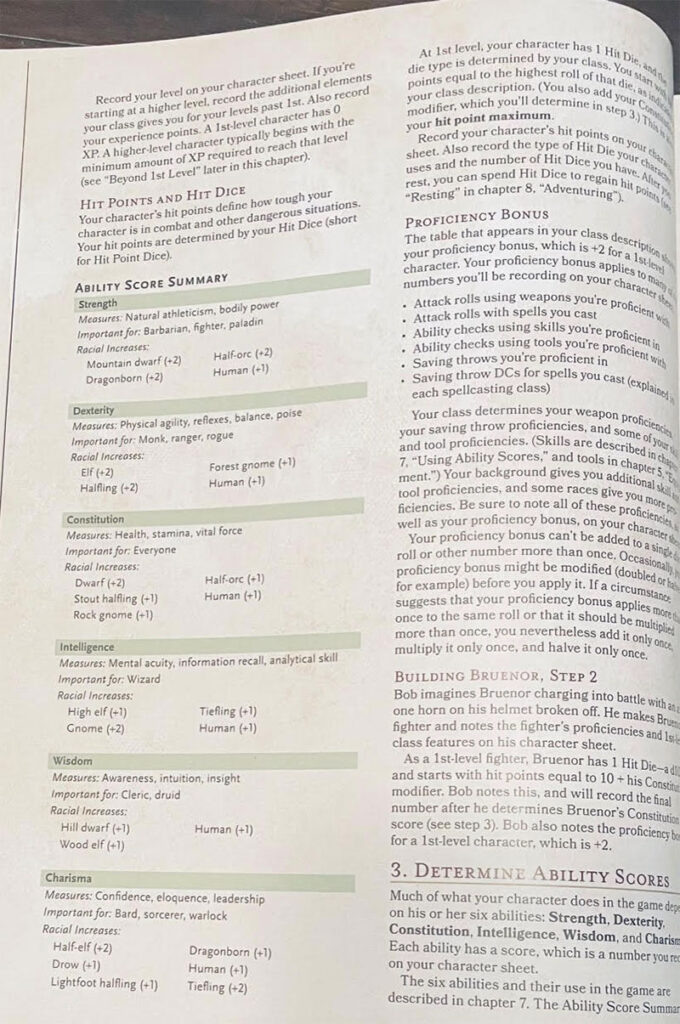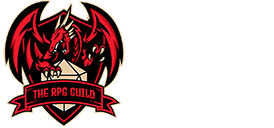How to Create a Balanced D&D 5e Party
How to Create a Balanced D&D 5e Party
As a new player and a new DM, one of the questions that always comes up is how many players make up a balanced party? Which classes compliment each other so the party survives their first 1 – 3 levels. Granted, not all parties start at level 1 but that is always a good place to start. Once you have played for awhile and have become more familiar with the rules you can start at other levels but for the sake of this post we are focusing on starting from scratch at level 1.
A balanced party that you may be familiar with is from Lord of the Rings.
How do you balance a party in DnD 5e?
I have been playing D&D since 4th grade in 1980, as both a DM and PC, and strongly believe a balanced party is made up of 4 – 5 characters. Does that mean that to play DnD you need 4 – 5 players and a DM so 6 people to play? No, you can play with 2 if you want, however, the player will most likely be playing 2 or more characters which is not common in D&D 52e. The cliché’ of the more the merrier definatly applies to building a balanced D&D 5e party. Having 4 – 5 characters in your party will allow you be more successful in both role playing and combat situations and the number of player characters (PCs) will allow everyone to have enough time to play and not wait so long for their turn.

How to create a D&D character for 5e
Now that you have the right number of characters for your party, you need to decide on your character profession, referred to in DnD 5e as class and choose your character’s race. Both go hand-in-hand and the right character race will compliment your character class.
The Players Handbook has the common classes listed out on page 45 as you will see in the image. There are additional classes in other official D&D 5e books but for simplicity and for the beginner, this is the best place to start.
At first this table may be overwhelming, but it is full of useful information that will help guide your choice for building the perfect D&D 5e character for you. What do you want to be in the D&D realm, a wizard, spell caster, a great warrior or something in between? All of those options are available and are perfectly described in the description column.

When it comes to choosing a race for your character, look at ‘Primary Ability’ and ‘Saving Throw Proficiences’ columns. If you want to be a Barbarian for instance, you will want to choose a race that compliments their primary ability of strength and so on for each class.
On the left-hand side of page 15 of the Players Handbook under the ‘Ability Score Summary’ table, you can see which character race adds bonuses to your potential character’s primary abilities and that can help guide your decision. Humans have a +1 on all ability scores, no other race has such a bonus. Of course, you don’t need to follow this line of thinking. The beauty of D&D is you can create any type of character you want, just be sure that the DM you’re playing with is open to those options and it is discussed in Session Zero.
There are also additional character races in Volo’s Guide to Monsters that are great options as well. Some include:
- Goliath – Barbarian, Ranger
- Tabaxi – Rogue, Monk, Bard
- Lizardfolk – Barbarian, Ranger, Cleric
- Firbolg – Druid, Cleric, Ranger
- Aasimar – Cleric, Paladin, Bard
- Kenku – Rogue, Monk
- Variant Human – Any
The options in the Players Handbook should suffice, especially if you’re on a budget and can’t afford another book like Volo’s.
Getting back to party balance, what make up a balanced party that will help your party survive.
Every good party needs balance – recommended classes
- A fighter (ranger, barbarian, paladin) – live to fight, wear armor and wreck havoc with some spellcasting abilities.
- A cleric – healer, wear armor, good vs. undead.
- A wizard (sorcerer, warlock, druid) – when brawn is not enough, rely on magic.
- A rogue – detect traps, stealth movement, pick locks.
- A utility player (bard, monk). Monk focus on martial arts so think Bruce Lee, Jackie Chan where Bards are true utility players that focus on music as the focus of their magic. I don’t think either of these classes help with party balance per se but they definitely are fun options to play and that is the whole point of playing D&D 5e, to have fun.
Some common combinations include but are certainly not limited to the following:
- Dragonborn Paladin
- Dragonborn Sorcerer
- Goliath Barbarian
- Hafling Rogue
- Hill Dwarf Cleric
- Firbolg Cleric
- Tiefling Sorcerer
- Tiefling Warlock
- Gnome Wizard
- Wood Elf Ranger
- Lizardfolk Ranger
- Firbolg Ranger
- Human Fighter
Obviously, these are all suggestions and you can choose any character or class you want. One word of caution, your party is more likely to encounter PC death without a healer (Cleric) than if they have a party without. PC death is part of the game and happens even when the party has a Cleric and that is a chance you’re going to have to take. Playing the party healer isn’t for everyone, consider it a typecast, and with short rest and other classes with minor healing spells you can forego a Cleric.
